Fractures in cats: what to do and how to treat
Fractures are one of the most common reasons for visiting a veterinarian.
Unfortunately, cats don't always land on four legs.
Why do cats have fractures?
Doctors distinguish between two types of fractures - pathological and traumatic. A pathological fracture occurs due to some kind of bone disease, congenital or acquired.
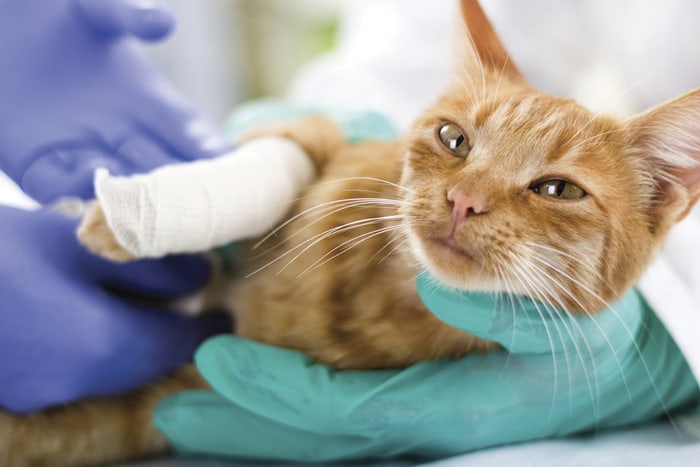
Pathological fractures are distinguished by the fact that they occur with a small effect on the bone - for example, when jumping off the couch. Such injuries are common in artificially bred cat breeds.
Traumatic fractures occur due to inadequate abrupt loading. Most often, cats are fractured due to a fall, a domestic injury or an accident.
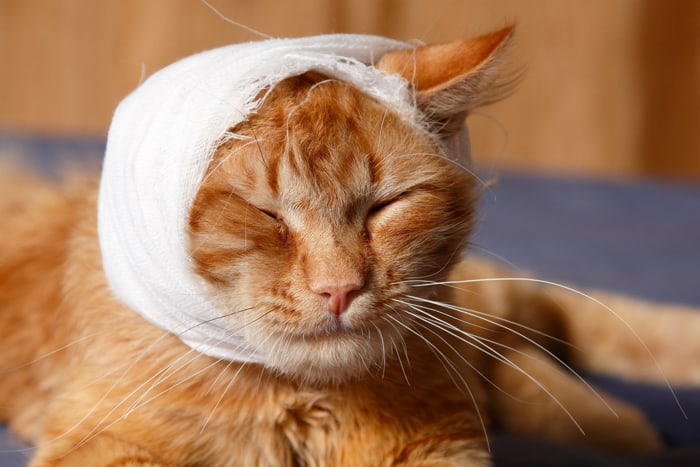
As a rule, cats break their paws - more than 50% of fractures. Then, according to the frequency, fractures of the pelvic bones, tail and spine are distinguished, respectively. Skull fractures are almost never found in cats - cats try to protect their heads.
closure and offset.
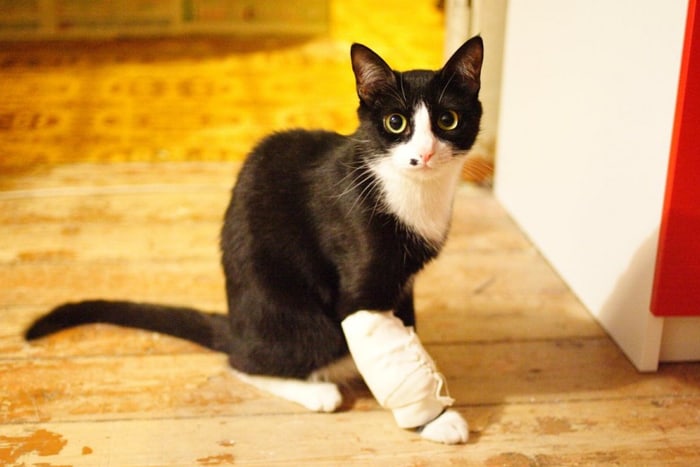
With an open fracture, the damage is immediately visible, so there is no doubt. Displaced fractures are also noticeable - the site of the fracture is curved. The most difficult to identify is the closed injury.
Consider the symptoms at the site of the fracture:
- When a paw is broken, the cat tries not to step on the limb, the paw swells, an audible crunch of fragments is possible;
- Injury to the pelvis prevents the cat from resting normally on its hind legs, the pet has problems with going to the toilet;
- When the tail is injured, the tail itself is bent and stops moving;
- A spinal fracture causes paralysis below the fracture site, the spine bends unnaturally, there are problems with movement, toilet;
- When the ribs are broken , the cat has breathing problems; when probing, you can notice differences;
- When the jaw or skull is injured , the cat bleeds from the nose and saliva increases, the jaw moves.
Also, signs of any type of fracture include swelling at the site of injury, discoloration of the skin, anxiety of the cat, refusal to eat and water, aggressiveness when trying to touch the site of the fracture.
How to provide first aid
If you find a fracture in your cat, don't panic. Provide your pet with maximum rest: place the cat in a rigid carrier. If possible, try to immobilize the damaged area.
In case of a fracture, it is necessary to provide professional assistance to the cat as soon as possible, so go to the veterinary clinic immediately. The veterinarian will take an x-ray and determine a follow-up treatment plan.
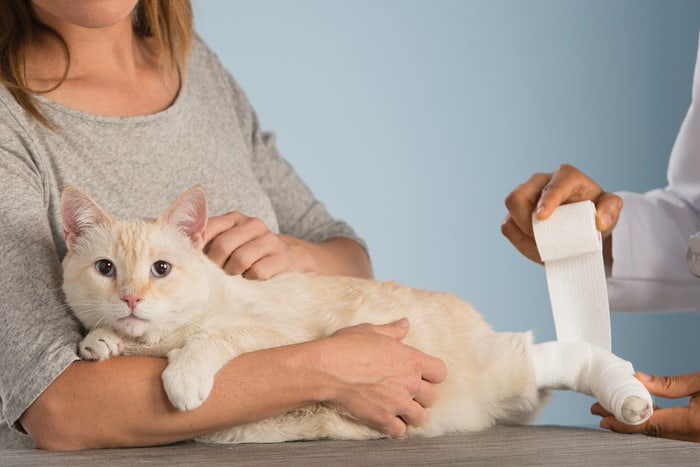
Do not try to repair the damaged bone; this will only make it worse. Also, do not treat the cat at home - even a veterinarian called at home cannot provide the necessary assistance.
Treating a fracture in a cat
When visiting the clinic, the veterinarian will determine the appropriate treatment himself. The doctor can install the fixation device. It is also possible to install a spoke or plate. Nowadays, the imposition of plaster is almost not used, but this option is also possible if necessary.
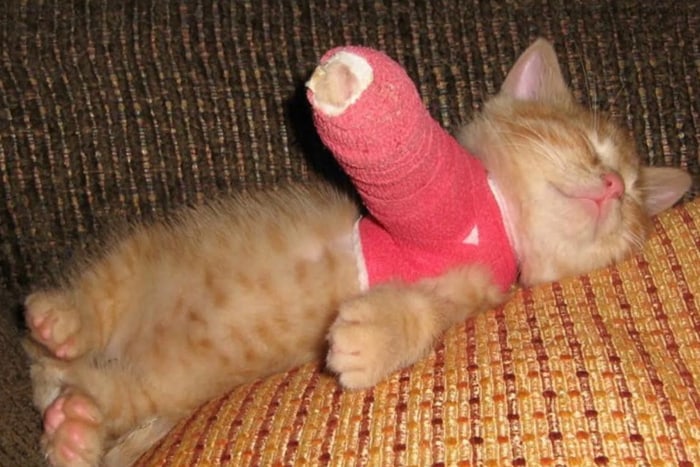
The veterinarian may prescribe pain relievers to relieve the cat's distress, as well as medications to prevent inflammation. For quick healing, medications may be prescribed to speed up bone fusion.
In difficult cases, the cat will be prescribed surgical treatment and the fragments of the bone will be connected using special methods.

At home, you must follow all the recommendations of the veterinarian and not let the cat harm itself. Kittens may even start running with fractures, but try not to let them do it.
As a rule, young seals recover from a fracture in 3-4 weeks, in older animals, rehabilitation lasts up to 6 weeks.
With proper treatment, no complications and consequences for the pet will arise, so take care of the injured pet!


Comments
Post a Comment